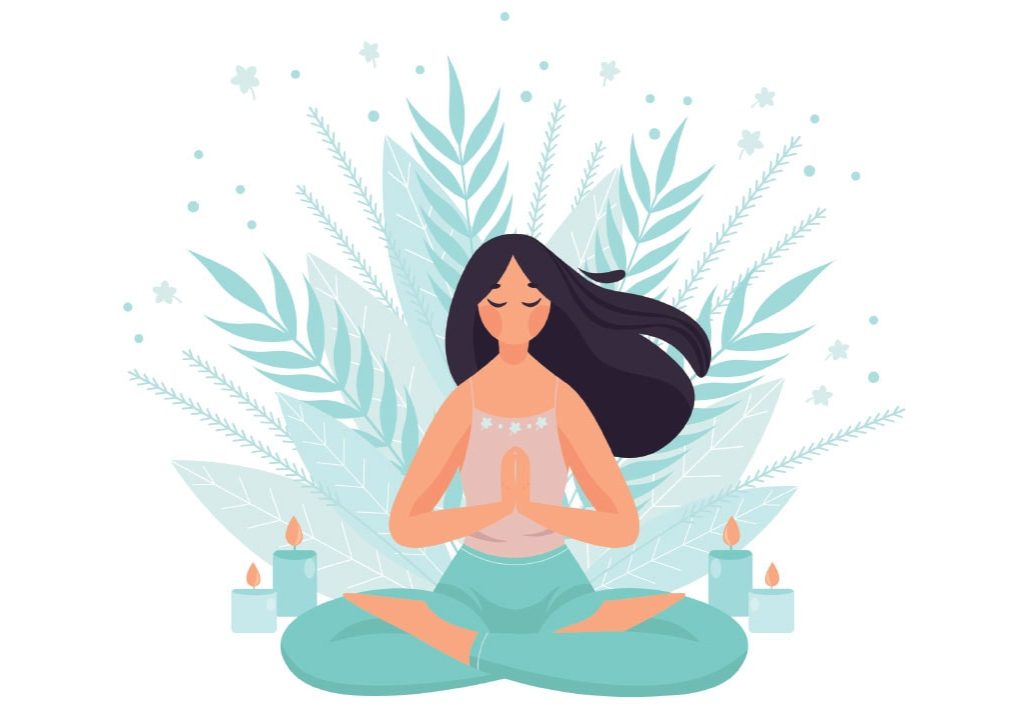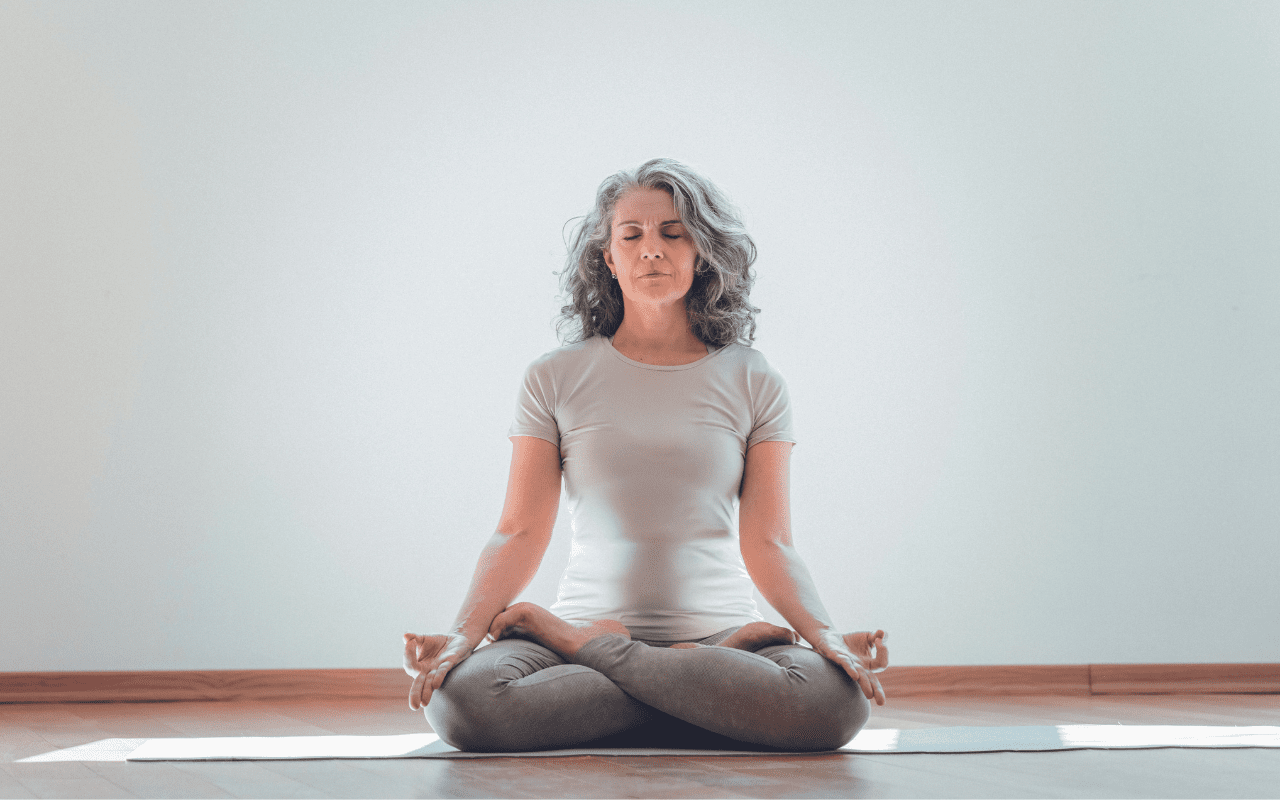
Flower Power
Lotus is an iconic yoga pose... but can anyone do it? By Diane Ashfield
The lotus flower grows all over the world in swamplands and waterways – even the most polluted ones. It begins its life as a seed at the bottom of a muddy and murky pond. When it emerges from the seed and takes root, the small sapling has to make its way up to the surface through all the dirty, gloomy water towards the light where it bursts into the most beautiful flower.
Little wonder that the lotus symbolises beauty and purity, especially as its stunning flower is not affected by all the muck and impurities that surround it.
Our lives can be compared to the journey of the lotus. There are times when we struggle through all the heartache, gloom and drudgery of life to reach the light and something of great beauty. The lotus encourages us to keep going and push forward, even when the road ahead looks dark and threatening.
Padmasana, or lotus pose, is perhaps the most iconic and instantly recognisable of all yoga poses and is a nod to the lotus flower to remind ourselves that even from humble beginnings, we can still reach great heights. This is the preferred posture to sit in during concentration and meditation practices as it connects us to our seat (the roots), promotes a straight back from the base of the spine to the neck (the stem), and encourages us to find something that is beautiful beyond words (our flower).
Being classified as an advanced asana, to perform Padmasana, we need a considerable amount of hip, knee and ankle flexibility, some of which may take a little time to develop, and an abundance of patience. Some of us may never be able to get into lotus pose because of a lack of flexibility in the hips.
But whether you are a novice or a regular practitioner of lotus, it’s important to warm up the muscles and joints beforehand and not force the limbs into place.

Suggested warm ups for Padmasana might include:
‘Rocking the baby’ – a lovely gentle hip opener: Sitting comfortably, holding the heel of the left foot with the right hand, left hand on the left knee, lifting the left shin parallel to the floor, roughly chest level, then gently rocking the leg side to side as if rocking a baby to sleep, whilst encouraging the knee towards and beyond the left armpit with every ‘rock.’ Repeat with the right foot.
Baddha Konasana (cobbler or butterfly pose): again, sitting comfortably, bring the soles of the feet together, let the knees fall to the sides (have padding or blocks to prop the knees to begin with, or sit on a block or cushion to elevate the hips). We can encourage the feet to be a little closer towards the groin if it feels okay, and then, using our hands, ‘open’ the feet like a book, keeping the sides of the feet together and gently working the tops of the feet towards the mat so that the soles face upwards and while also working the knees towards the floor and keeping the spine long.
If everything feels okay, we can practice lotus with one foot at a time by beginning in half lotus (Ardha Padmasana) encouraging the top of the foot to sit against the top of the opposite thigh with the sole of the foot facing upwards – again, using padding or blocks for support under the knees, or elevate the hips by sitting on a folded blanket if required. This is actually a good posture to practice on the sofa – with lots of cushions at your disposal – but, as always, work to your measure. Remember that this shouldn’t hurt at all and nothing is forced.
It’s advised not to attempt full lotus if you have any knee, ankle or hip issues as this is quite a challenging asana, but remember that we are not all built the same. Even though Padmasana is considered a challenging or even advanced posture, there may be some
of you who find it a doddle and can’t understand what all the fuss is about! Listen to your body, and if it says “not today thank you” then show your body some respect.
Overall, Padmasana and Ardha Padmasana when practiced regularly can help:
- Improve posture
- Increase hip flexibility
- Stretch the hips, thighs and knees
- Strengthen and lengthen the spine
- Improve digestion: the blood flow is directed towards the abdomen which aids digestion and can also help relieve constipation
The late, great BKS Iyengar also mentions Padmasana in ‘Light on Yoga’: “Padmasana is one of the most relaxing poses. The body being in a sitting posture, it is at rest without being sloppy. The position of the crossed legs and the erect back keeps the mind attentive and alert. Hence it is one of the asanas recommended for practicing Pranayama (breath control). On the purely physical
level, the pose is good for curing stiffness in the knees and ankles. Since the blood is made to circulate in the lumbar region and the abdomen, the spine and the abdominal muscles are toned.”
Most of all, whenever practicing Padmasana, always tune in to what your body is saying. Yoga should be an enjoyable and pain-free experience, so take it slow and easy, use gentle encouragement rather than force. The journey towards lotus pose is all part of the process, so with time, tender guidance and patience, your flower will begin to blossom!
Diane Ashfield (aka Yoga With Dash) is a British Wheel of Yoga teacher with classes online and in-person in Bromley, Kent. Connect with her at @yogawithdashuk


